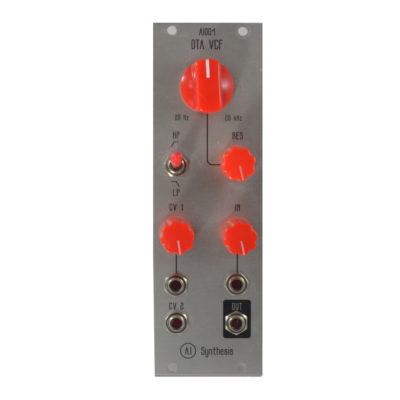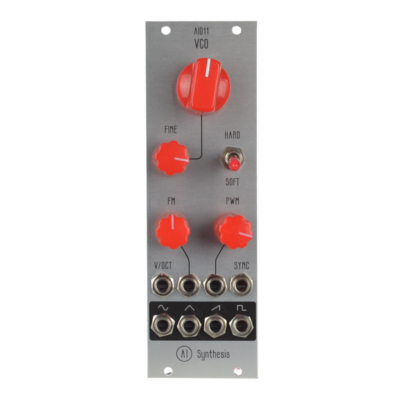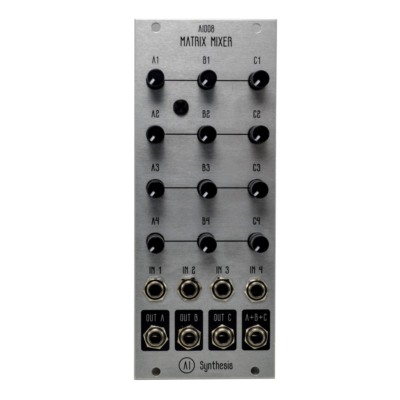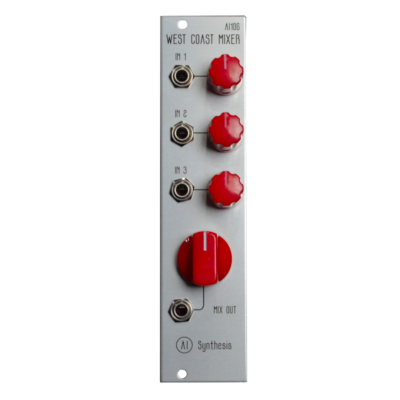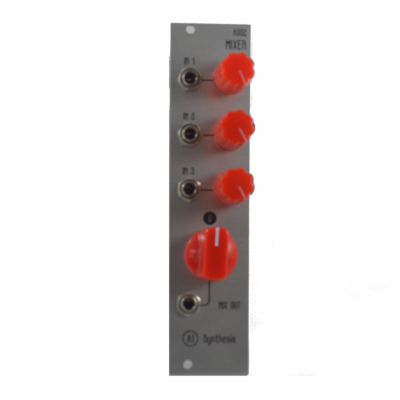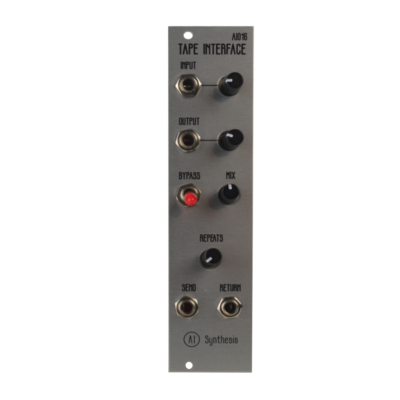The operational amplifier, or Op-Amp is the most useful single device in analog electronic circuitry. With only a handful of external components, they can be made to perform a wide variety of analog signal processing tasks. You will find them in virtually all analog synthesizer modules, and often digital ones as well. They are cheap, durable, and can often sustain direct short-circuits on their outputs without any damage.
One key to the usefulness of these circuits is in the principle of feedback, particularly negative feedback, which constitutes the foundation of almost all automatic control processes.
In schematics, Op Amps are symbolized by a simple triangle shape:
The +V and -V connections are the power inputs. You’ll note that op-amps require positive and negative voltage, hence the need (in part) for modular synths to use bi-polar power supplies. The input and output voltage connections are shown as single conductors, because it is assumed that all signal voltages are referenced to a common connection in the circuit called ground.
The most common usage of an op-amp in a synthesizer circuit is as a “Differential Amplifier.” A differential amplifier will have two inputs (one positive and negative as shown above) and one output. The output signal will be proportional to the difference in signal between the two inputs.

